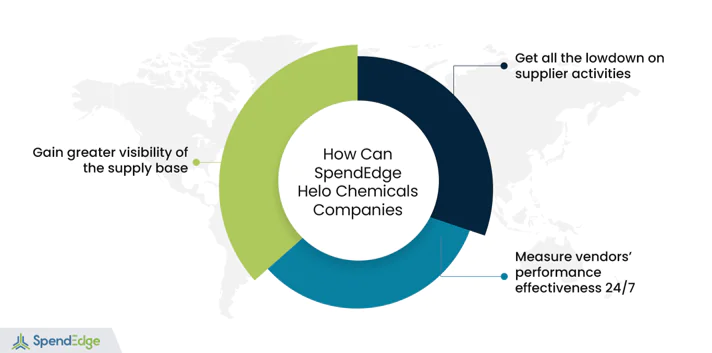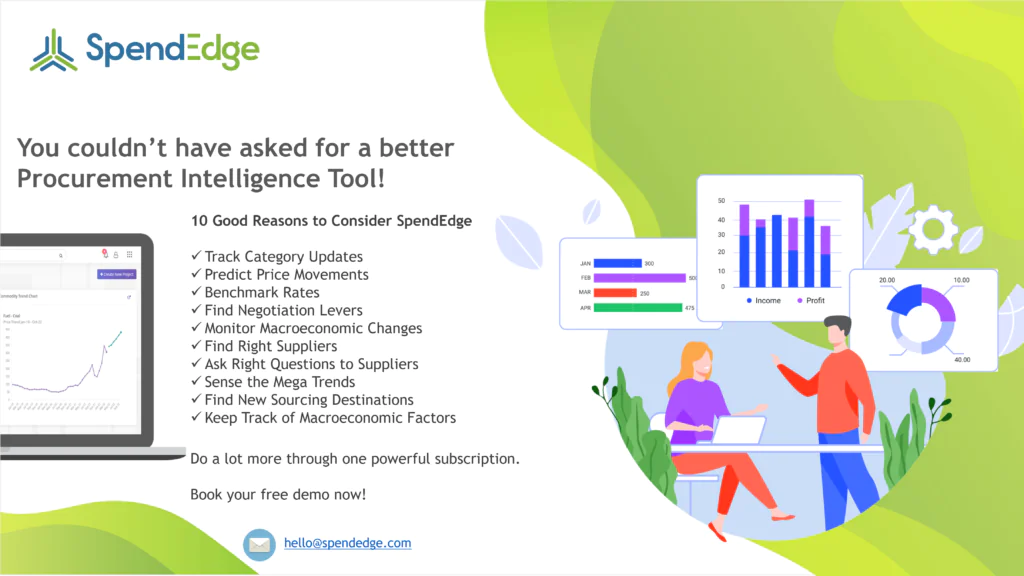By: Ankur Rishi
1 in every 7 projects overshoots the schedule by an eyewatering 65%! A quarter of all projects are doomed from the start because their task time estimates are faulty. Anyone in project procurement would vouch for that. Resentful clients and cost escalations are some of the obvious fallouts of delayed projects. So, it doesn’t pay to miss the delivery date, though it can cost businesses dearly. Achieving the most with minimum wasted resources is the key to successful project completion. First things first. It is important to ensure the supply lines that “feed” the project are free from interruptions and quality issues. The criticality of bringing on onboard suppliers with demonstrated capabilities and experience can never be over emphasized. Rigorous vetting of vendors across key performance measures like quality, cost, delivery, financial stability (as evidenced by credit reports) is a must. Negotiating volume discounts with vendors is an important step for project procurement teams to ensure cost efficiencies on any project. Cost breakdown analysis is a remarkable, though often underrated, tool that can help businesses pin down the elements that drive a product’s cost. Armed with such “inside scoops” of the supplier’s pricing mechanism, project procurement teams can find more headroom in their negotiations and drive more favorable bargains with even powerful vendors. It is crucial that any project courses a pre-set “flight path” and is wrapped up not only on time but also on budget. That is every CPO’s dream. In the real world, unrealistic budget estimates developed out of inaccurate, inconsistent, and incomplete data, often lead to cost overruns on projects, which is a drain on profits. Ideally, budgets ought to be grounded in accurate historical data gathered from past projects of similar scope and complexity. Consulting battle-hardened professionals in project procurement will also help. This primer has some more nuggets of information on seemingly simple but highly impactful ways to manage project procurement more effectively. Keep reading…
Run projects more efficiently. Here’s how
On a different note, businesses stand to improve efficiency, reduce manual effort, and achieve sync across supply-side participants by moving their project procurement to automated platforms. Automation will also enable C-suites to make more bottom-line-friendly decisions. Overstocking and stockout are two extreme scenarios that are any CPO’s nightmare since these result in missed sales opportunities, lost customers, and reduced margins. To steer around such unwelcome situations, project procurementexperts should proactively consider harnessing the power of predictive analytics to forecast future trends more accurately. These days non-financial factors like sustainability and social good efforts (like employee rights, workforce diversity, employee safety and health) are weighing heavily on the minds of stakeholders and regulators. Is the vendor under consideration reporting environmental, social, and governance (ESG) analytics to stakeholders and regulators? That criterion needs to be baked into the vendor evaluation process, going forward.
Finish a project within budget. It’s possible
The statistical tools (e.g., parametric, analogy) employed by project procurement teams to figure out the potential cost, duration, and resource requirements on a project also matter. It is customary for projects to start deviating from the original scope as new features are added (the so-called scope creep) without first running them past a well-structured change management process. Left unattended, scope creep could result in cost overruns and missed deadlines!
Deliver projects on time, every time. People are doing it
With AI on the ascendant, it no longer makes sense for project procurement teams to pour over spreadsheets or input data manually. These are mundane tasks with hardly any bottom-line impact. It’s best to move these chores to bots, and focus the bandwidth thus freed up on more revenue-grossing activities. Regularly reviewing project progress is critical to on-time project completion, and while at it, pay rapt attention to outstanding tasks. Importantly, identify root causes of delays and deviation from the project plan. Nothing can be better than remedial and preventive actions initiated within the shortest window of time by project procurement experts.
How SpendEdge can help you

Gain greater visibility of the supply base
For a comprehensive understanding of the critical raw materials market, look no further than SpendEdge. Our experts in project procurement excel in monitoring the pulse of the market, analyzing developments as they happen, and tracking supply-side action plans promptly. We go a lot further to uncover potential risks before they can engulf the supply chain, thus proactively mitigating disruptions.
Get all the lowdown on supplier activities
Identify and size up your supplier base, leveraging SpendEdge’s supplier intelligence expertise. Our deep, accurate, and highly relevant insights cover every segment of the supply chain, including suppliers’ fiscal stability as well as ESG commitments. Further on, we assess potential supplier risks to ensure a failsafe experience for project procurement teams across their supply networks.
Measure vendors’ performance effectiveness 24/7
When it comes to framing meaningful key performance indicators (KPIs) and establishing service-level agreements (SLAs), a multitude of clients across industries bank on SpendEdge. Our experts assist businesses of all sizes, including project procurement organizations, to pick the most relevant KPIs to measure vendor performance effectively. We help them do this on a continuous basis. Along the same lines, we work with client teams to develop SLAs with the intent of minimizing supply chain risk and putting accountability at the heart of every supplier relationship.
Success story: A North American automotive ancillaries player lifts the fog around its supply operations, makes efficiency gains
A plethora of vendors, tier 1, 2, and more, make up the supply base of our client, a US-based auto ancillaries manufacturer. For over a decade now, these vendors have served as the lifeline of our client with respect to plastic automotive components. However, of late, the client has been sensing a certain lack of transparency in the procurement process around tier 2 suppliers. A cloud of uncertainty hangs over the client’s relationship with certain of the tier 2 vendors, and the client is not comfortable with the situation, to say the least. The crux of the matter is that the client’s first-level vendors lean on these tier 2 vendors in question for key raw material supplies. Understandably, the associated risks are of much concern to the client. The business wants to take stock of the risks and keep them within bounds before they can overwhelm the supply chain. In early 2022, the company engaged our experts to help remediate the supply-side issue.
Our experts gathered in-depth information about the client’s tier 1 and 2 supply bases, in the process, unearthing new insights into risks hidden for so long. In the next step, our teams proceeded to uncover potential risks, covering the client’s operations, financial stability, and cost pressures, as well as the those enveloping the industry at large. Now that the fog has lifted, the client is able to see the supply network in the “clear light of day.” Based on the data generated by our supply chain mapping and risk analysis, the client’s project procurement team has taken proactive steps to take tier 1 suppliers into confidence about potential supply risks arising out of their downstream vendors. Tier 1 suppliers, for their part, have rolled out necessary risk mitigation measures. With improved line of sight to supply chain activities, the client has driven dramatic improvements to its order fulfilment process for raw materials. As a result, there is adequate inventory on hand round the clock, and the machine utilization rate at the client’s facilities is in the range of 80-85%.
Our experts also made a few recommendations to bolster supplier capabilities and the client’s project procurement organization. Certifications (like Agile Certified Practitioner, Associate in Project Management, Business Value-Oriented Principles) are additional proof points of a supplier’s capability to deliver to the clear expectations set down by the client. It also helps to check out if a supplier’s key personnel are certified for specific project operations. Our experts also impressed on the client’s project procurement organization how adopting cutting-edge software platforms would work to its benefit. The latest crop of in-market project management tools covers all the elements required for successful task completion, which makes it easier for the client’s procurement teams to realize their goals without burning excessive calories. The client has taken warmly to both these recommendations.

Contact us now to solve your procurement problems!
Author’s Details
Ankur Rishi
Vice President, Sourcing and Procurement Intelligence
With more than 12 years of advisory experience, Ankur manages platform content and services within the sourcing and procurement vertical. Over the years, Ankur has provided consulting services to category leaders from chemicals, energy, and packaging industry, on varied topics, such as category strategy, spend analysis, commodity pricing, and clean-sheet analysis.




